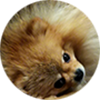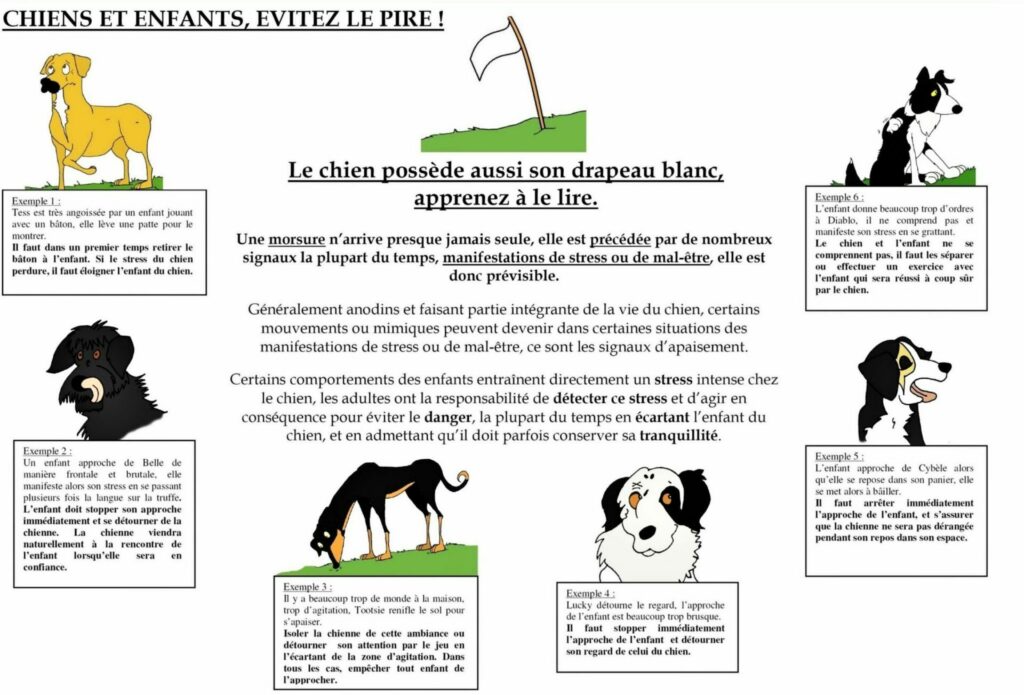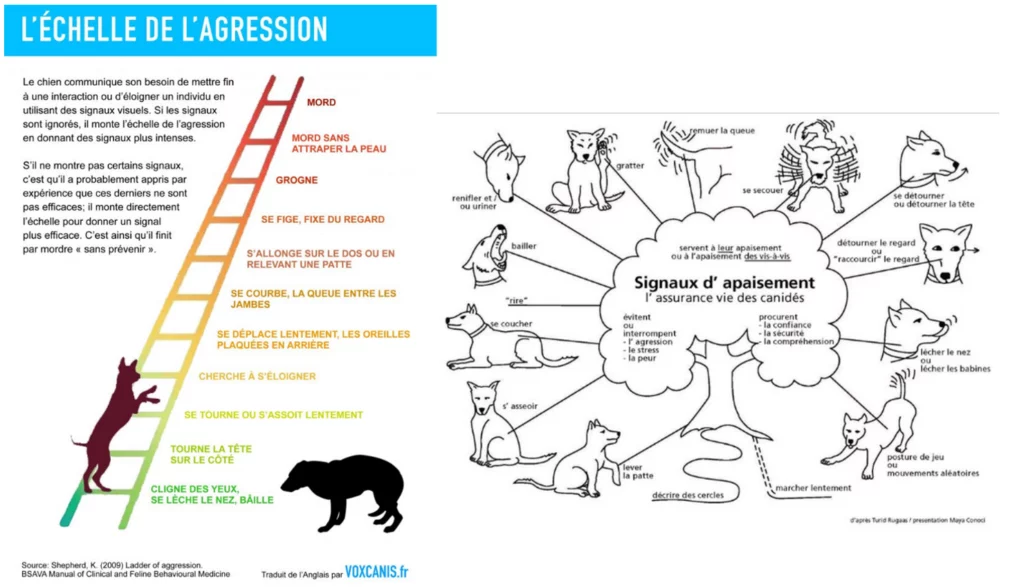Dog language
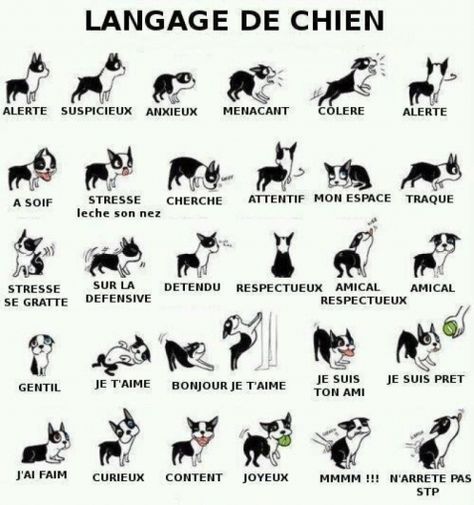
Author : 2011 Lili Chin – doggiedrawings.net
French translation : Nancy Tucker, CPDT-KA
I – Signals of appeasement :
They can be addressed to a fellow canine, a human or another animal.
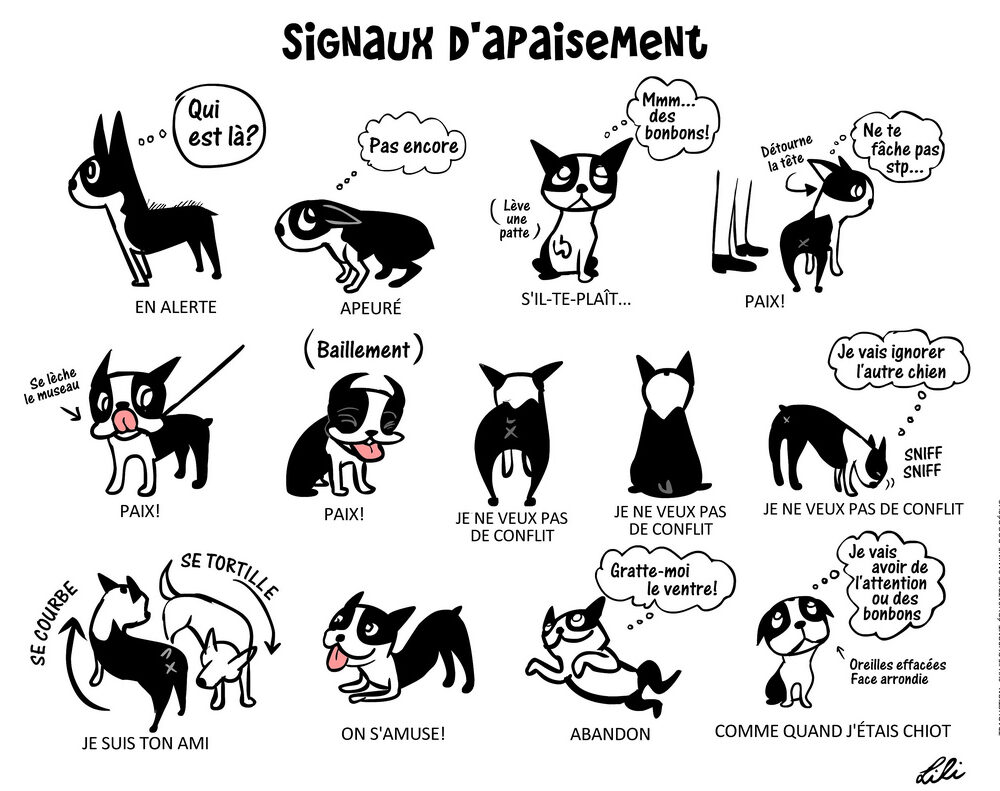
Author : Lili Chin – doggiedrawings.net
French translation : Sylvie Dupont, dog instructor, Dog déclic
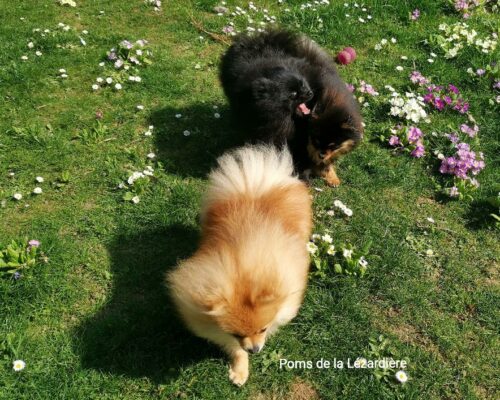
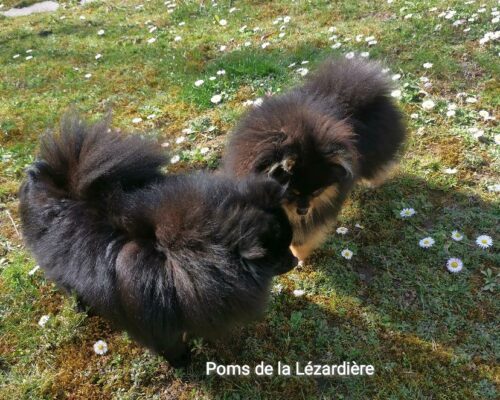
1- Yawn:
This does not mean that he is bored, but that he is uncomfortable.
It can also mean impatience, as when the leash is taken out for a walk and the dog yawns to show his joy and expectation.
This can also happen when the dog wakes up from stretching, or at bedtime when it is tired.
2 – Turn his head away:
The dog doesn’t want conflict.
3 – Turn his back on an individual (dog or human):
The dog doesn’t want conflict.
4 – Sitting with his or her back to someone:
The dog doesn’t want conflict.
5 – Timidly lick the nose with small movements:
Signals to the other individual that they are coming in peace.
6 – Squint his eyes with small blinks:
The dog is in the process of calming down.
7 – Wagging his tail:
This has different meanings depending on the context:
- Under the belly the dog is frightened.
- Downwards in small movements the dog analyses the situation (often during a dog meeting) or tries to calm down a situation (if he is scolded by his owner for example).
- On the back in full movement the dog is friendly and wants to play.
- Right on the upper back beating with small jerky movements the dog is upset.
8 – Freezes, round back and flattens with ears back, tail under belly:
He is scared. He may also bark or squeak.
9 – Run away:
He is scared. Never prevent a dog from running away, especially if it has used all its other signals beforehand.
In this case, a leash or lanyard may be used to secure the dog, and you and the dog should move away from the area or individual that is causing the panic.
Take his mind off things by talking to him to get his attention, change his environment and relax him with a walk or a game.
10 – Sitting with one leg up:
The dog doesn’t want conflict.
11 – Ignore the other dog by sniffing the ground and voluntarily turning his head and body away:
The dog does not want conflict or prefers to avoid contact.
He may need space.
12 – Approaching a conspecific by making a curve and wriggling:
Signals to the other dog that he comes in peace.
13 – Throws himself on his back and comes to rest with his tail between his legs:
The dog shows his fellow dog that he does not want trouble and accepts his authority.
14 – Raising the ears and bristling the hair:
Beware of the individual who arrives. Other signals can be derived from this, depending on the attitude of the dog or the individual coming across.
15 – Playing position:
The dog leaves its buttocks in the air while it extends its front legs on the ground. It can also express an invitation to play by barking. His mouth is open and his tongue is hanging out, play mode on.
16 – Lie on your back in a relaxed position:
The dog may be waiting to be petted, or may be in a sleeping position.
17 – Sitting like a “cute dog”, ears back and sad cocker spaniel eyes:
The dog expects something from its owner. Tasty treats, petting…
18 – Standing with ears pricked and looking away:
The dog is alert, has heard or seen something and is waiting to analyse it in order to adopt the appropriate attitude.
19 – Teeth showing to the tip of the muzzle as if smiling :
The dog is happy.
20 – Stretches, sighs as he lies down:
The dog is peaceful.
21 – Wiggles with a delighted look, either because he is playing or being scratched:
The dog is happy.
22 – Scratching nervously:
The dog is not peaceful.
23 – Shake himself after a stressful situation:
The dog relieves stress.
24 – Head tilted to one side:
The dog is curious.
25 – Panting with eyes half closed, sitting or lying dow:
The dog is relaxed.
26 – Relaxed ears and tail:
The dog is quiet.
27 – Lies down:
The dog is peaceful.
…
Drawings : Elrina O’Brien – Texts : Raphaël Pin – d’un coeur à l’autre – Un coeur sur pattes
II – The more threatening signals
They appear if the first signals have not been heard and respected by the other individual, whether human or canine.
It is therefore important to read the signals carefully, so as not to put the dog in a situation where his discomfort would become too great and where his only next resource would therefore be aggression.
1 – Exposed teeth, snarling, bristling hair, tail raised over the back:
The dog has sensed danger, feels threatened and/or will attack.
2 – Growling, warning bark, followed by an attack jump:
A dog that has communicated properly before and has not been understood may eventually attack, either because it feels cornered and afraid, or because it feels harassed when it came in peace.
It may also have pain that causes it to turn on an individual if the individual continues to make contact despite the signals sent.
Link to learn more
I invite you to go to the site D’clickBnb. – travel with your dog.
Maorie D’clickBnb alks about canine codes.
